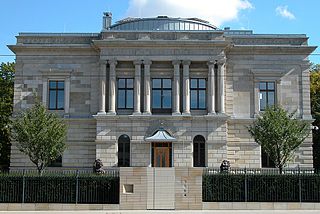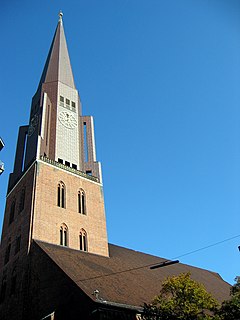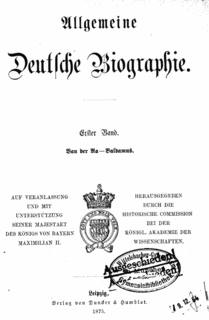This page is based on this
Wikipedia article Text is available under the
CC BY-SA 4.0 license; additional terms may apply.
Images, videos and audio are available under their respective licenses.
Johann Karl Wilhelm Illiger was a German entomologist and zoologist.

The Free State of Brunswick was a state of the German Reich in the time of the Weimar Republic. It was formed after the abolition of the Duchy of Brunswick in the course of the German Revolution of 1918–19. Its capital was Braunschweig (Brunswick).
Johann Georg Schmidt was a German engraver.

Ludger tom Ring the Younger was a German painter and draughtsman.
His father and brothers were also painters. He primarily painted portraits and still lifes.

Juliane of Hesse-Philippsthal, was a countess of Schaumburg-Lippe, married in 1780 to Count Philip II, Count of Schaumburg-Lippe. She served as the regent of Schaumburg-Lippe during the minority of her son from 1787 to 1799.
Johannes Letzner was a Renaissance-era German Protestant priest and historian of Lower Saxony, in particular of Brunswick-Lüneburg.
Frederick Charles Ferdinand, Duke of Brunswick-Lüneburg, was a member of the House of Guelph. he was a Danish field marshal and also the last Duke of Brunswick-Bevern.
Hans Friedrich Geitel was a German physicist.

Johann Arnold Ebert was a German writer and translator.
Theodor Elias August Benjamin Engelbrecht was a German physician and pomologist.
Friedrich Huch was a German writer.

The following is a timeline of the history of the city of Braunschweig (Brunswick), Germany.

Ludwig Arnold Rimpau was a German estate owner and entrepreneur.
Paul Francke was a German Renaissance architect, most notable as director of works for the Duchy of Brunswick-Lüneburg from 1564 until his death in 1615. His works include the Juleum Novum in Helmstedt, the Marienkirche in Wolfenbüttel and the Burganlage in Erichsburg.
Hermann Bote was a Middle Low German author and chronicler.

Karl Wilhelm Jerusalem was a German lawyer. His suicide in Wetzlar became the model for that of The Sorrows of Young Werther by Goethe.
Karl Wilhelm Gropius, also Carl Wilhelm Gropius, was a German set painter and scenic artist, working in the theatres of Berlin. He was also a printmaker and seller and a prolific caricaturist.
Christian Ludewig Theodor Winkelmann, also spelled Winckelmann was a German piano maker.

















